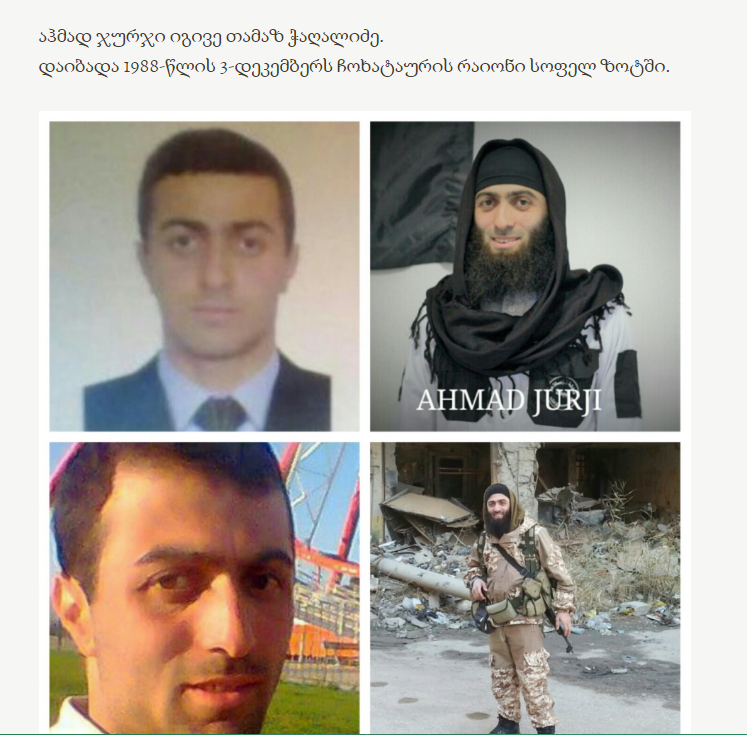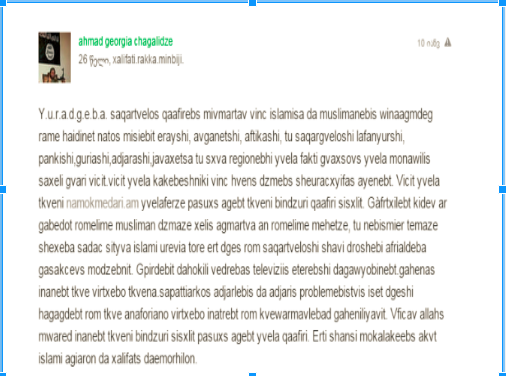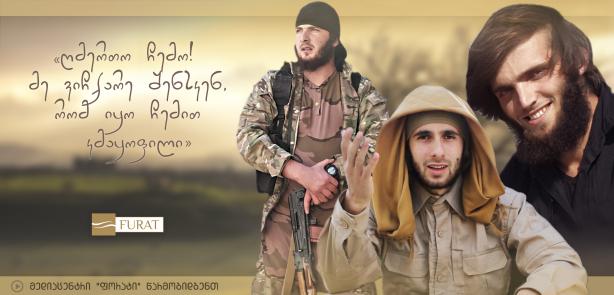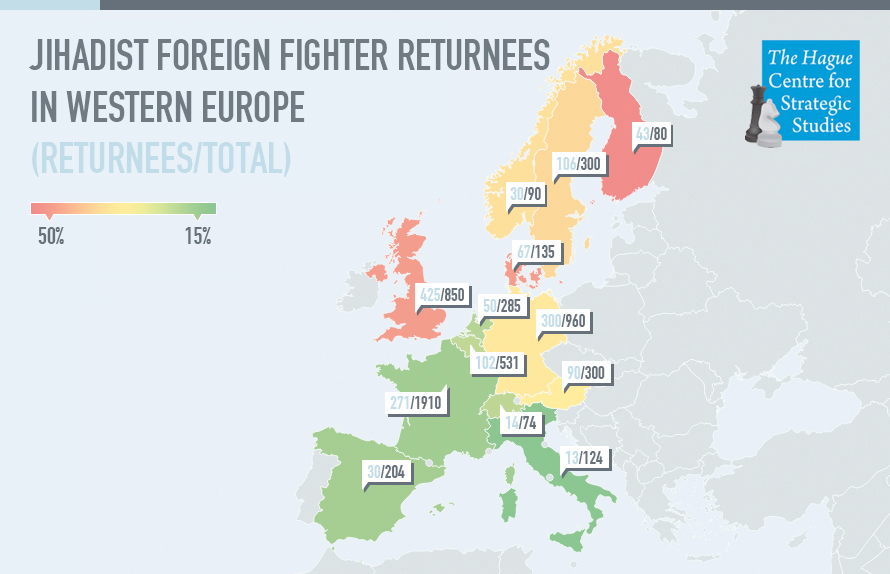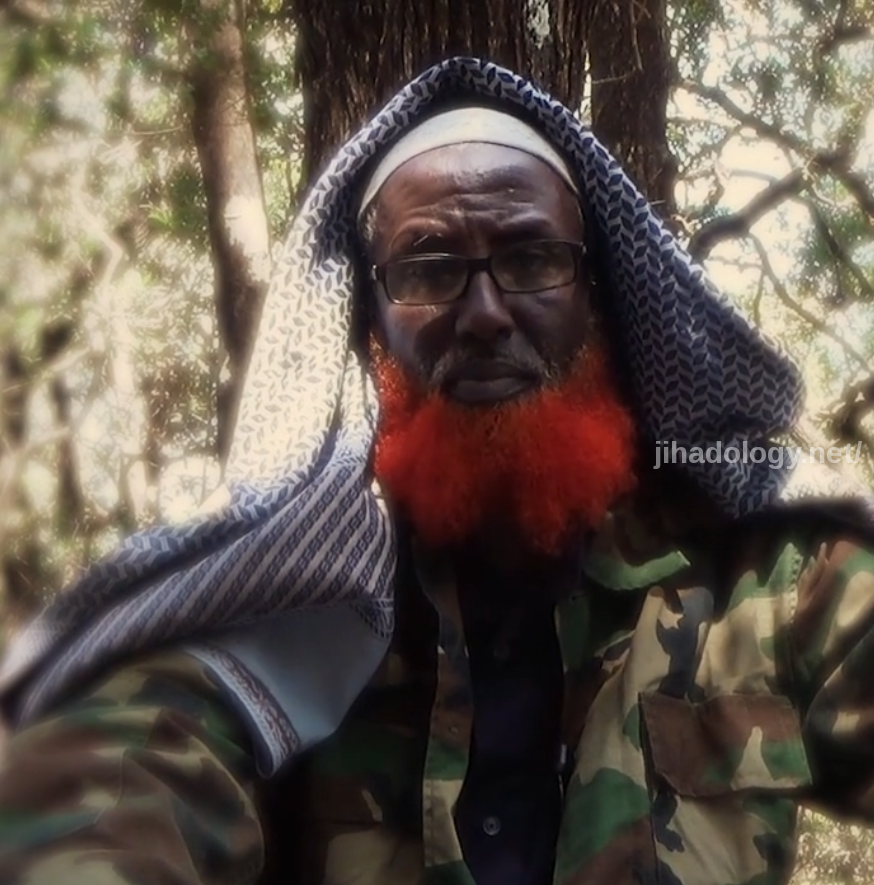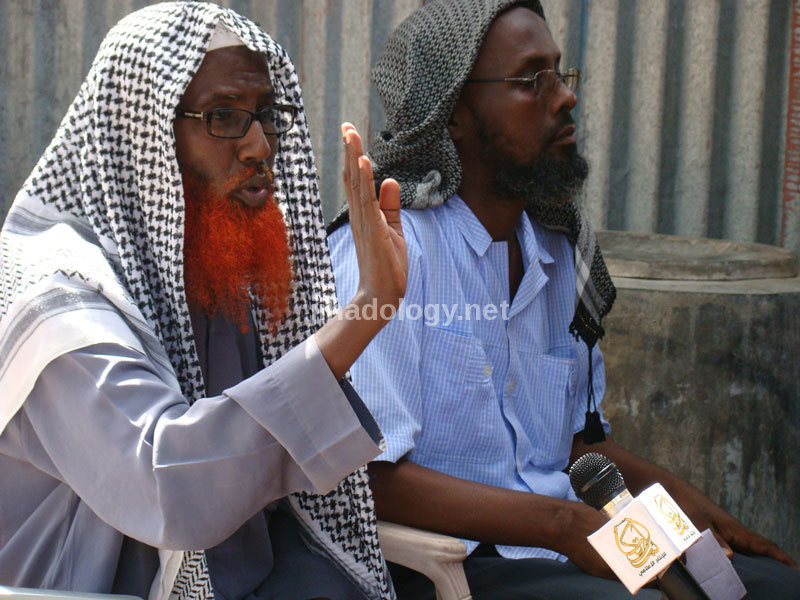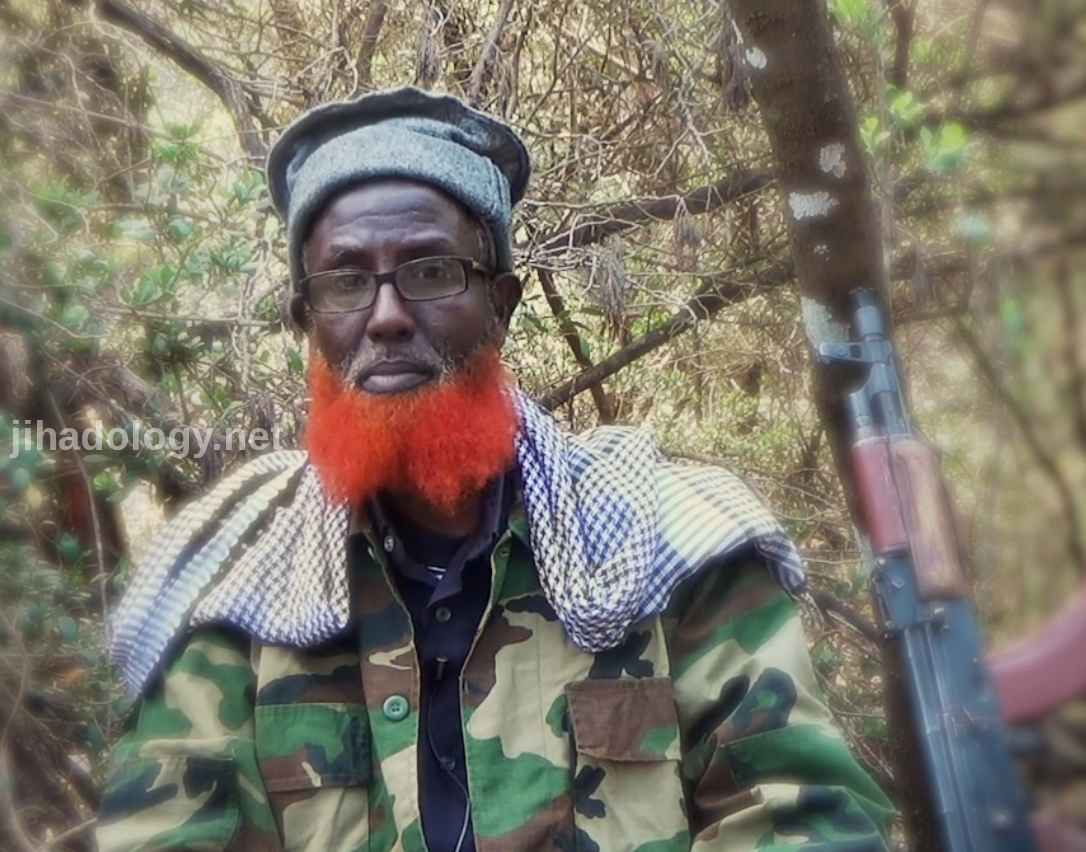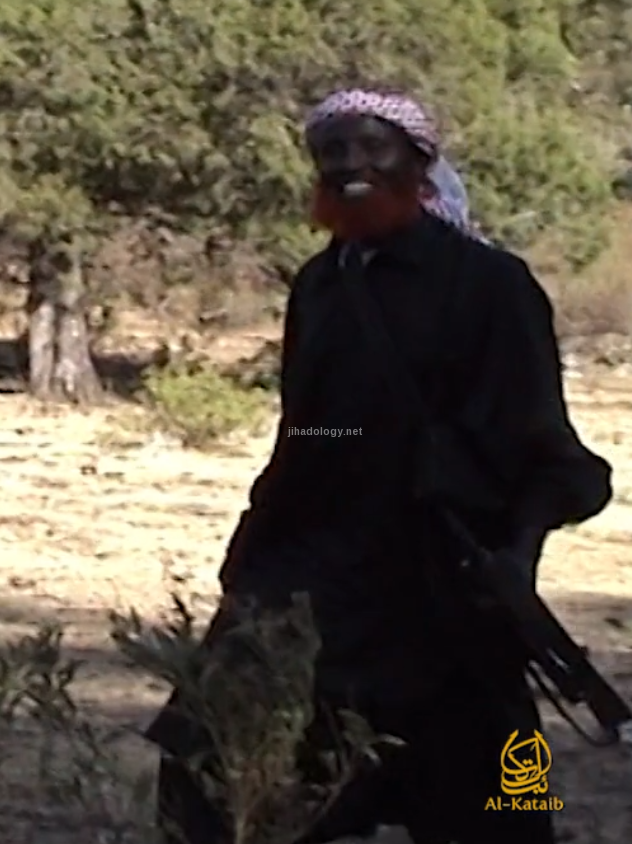As with all guest posts, the opinions expressed below are those of the guest author and they do not necessarily represent the views of this websites administrator and does not at all represent his employer at the Washington Institute for Near East Policy.
Jihadology.net aims to not only provide primary sources for researchers and occasional analysis of them, but also to allow other young and upcoming students as well as established academics or policy researchers to contribute original analysis on issues related to jihadism. If you would like to contribute a piece, please email your idea/post to azelin [at] jihadology [dot] net.
This is a unique post as it is authored by one of the founder of Jabhat al-Nusra, Saleh al-Hamawi, who has since left the group. Therefore, it is an interesting perspective from someone has previously been a part of the movement on these intellectual issues.
Click here to see an archive of all guest posts.
—
Intellectual Differences and the Future of the Taliban, al-Qaeda, ISIS, the Hay’at Tahrir al-Sham
By Saleh al-Hamawi
Ideology is the effective fuel and the main engine for jihadi groups. There was no comprehensive doctrinal approach adopted by these groups. Rather, it is a set of legal and doctrinal rulings. These groups added the specificity of their temporal and spatial circumstances to later form their intellectual system. ISIS and al-Qaeda emerged from the womb of jihadist salafism, which was not one of the integrated Islamic sects, but began to crystallize after adopting groups that were taking jihad as a path to rule by the Salafi doctrine in the mid-1970s, such as the Egyptian Islamic Group and the Jihad Movement, followed by a long list of organization — the most famous of which are al-Qaeda and ISIS.
As for the Taliban, it emerged from another niche that has no connection whatsoever with the Salafi movement, namely the Deoband school, which adopt the Maturidi creed and the Hanafi school, while jihad is rooted in the instinct of the Afghans and their hatred of the foreign invader that does not require a doctrinal approach to adopt it.
The Salafi-jihadi approach developed during three decades through the accumulation of jurisprudence begun by Salim al-Murjan (an Egyptian) in his book The Clarity in Problems of Infidelity and Belief.
Then the interpretations of the Jordanian Abu Muhammad al-Maqdisi in his book Millat Ibrahim and Between Two Approaches to Abu Qatada al-Filistini in the early nineties. Then, there is the book The Collector of the Noble Knowledge, which is considered the most comprehensive reference to jihadi salafism by Sayyid Imam Sharif (an Egyptian), known as ‘Abd al-Qadir ‘Abd al-‘Aziz. He later would retract this approach in 2008 in the so-called document Rationalizing Jihadist Action from inside Egyptian prison. This forced his former deputy in the jihad movement, Ayman al-Zawahiri, to respond to him in his book The Exoneration of the Nation of the Pen and the Sword From the Defeat of Cowardice and Weakness. Briefing the Salafi-jihadi approach with the following principles:
-
- All Arab regimes are apostates because they rule by other than what God has revealed.
- The army, police, intelligence, and judicial institutions are apostates, and they are supporters of the tyrants.
- Parties that take democracy as a method to reach power are apostates.
As for the Taliban, they do not adopt any of that. Rather, they believe that everyone who bears witness that there is no god but God and Muhammad is the Messenger of God is a Muslim. And this does not prevent fighting their opponents, but the cause of the fighting is oppression, not infidelity, as in their fight against Ahmad Shah Mas’ud between 1996 and 2001, as a transgressive group that emerged. In contrast, we find that al-Qaeda assassinated Mas’ud because of his apostasy from religion, as they accused him of being an agent of France and the West.
As for ISIS, it has become a more extreme version of al-Qaeda. Its founder, Abu Mus’ab al-Zarqawi, was not accepted by al-Qaeda in its camps in 1999 in Kandahar, due to his extremism, according to what al-Qaeda’s Secretary-General Fadil Harun reported in his book The War on Islam, so he chose the city of Herat, bordering Iran, to establish his camp there. Al-Zarqawi chose Abu ‘AbduAllah al-Muhajir al-Masri as a legitimate reference for him (the author of the book Issues in the Jurisprudence of Jihad), which laid down rules for all the actions of ISIS that we saw in 2013, such as burning and brutal methods of execution.
The most prominent differences between al-Qaeda and al-Zarqawi’s group (called Jama’at Tawhid wa-l-Jihad at the time) was the infidelity of all Shi’ites, scholars of regimes and Islamist parliamentarians, while al-Qaeda does not declare all Shi’ites to be infidels, only its senior scholars. Likewise, they strategically differed on the issue related to fighting the near enemy (Arab regimes) versus fight the distant enemy (the interests of America and Israel only).
Despite these differences, a political marriage took place in 2004 between al-Qaeda and Jama’at al-Tawhid wa-l-Jihad in Iraq. It took place because al-Qaeda needed a moral victory after many of its leaders were killed or arrested after the U.S. invasion of Afghanistan and al-Zarqawi needed access to al-Qaeda’s financial network. Abu Hamzah al-Muhajir (whose real name is ‘Abd al-Mu’naym al-Badawi, a former companion of al-Zawahiri) succeeded in bringing the two sides closer together, and the pledge of allegiance was made in 2004.
After the killing of al-Zarqawi and the announcement of Abu Hamzah al-Muhajir of the Islamic State of Iraq on October 13, 2006, the extremism of their soldiers increased and they began to fight all those who defected from them, did not pledge allegiance to them, considered themselves to be the group of Muslims (the Islamic State), not a small group of Muslims, and they declared apostasy on all those who oppose them from the Islamic groups and parties until they got to the version we saw in 2013.
Jabhat al-Nusrah:
It was a branch of the Islamic State of Iraq and adopted its entire approach until 2014, when it began to differentiate a little from it, not in the ideological approach, but in the field of legitimate politics, such as not declaring the infidelity of those who adopt democracy from the Islamic parties and scholars of Arab regimes. They also differed with it in the legitimate ruling of allegiance, for ISIS believes fighting whoever did not pledge allegiance to it, while al-Nusra believes that one is only a sinner. As a consequence, al-Nusra tried to curb its elements and prevent them from engaging in the issues of apostasy on others and educated them about the necessity of separating from al-Qaeda as the legitimate interest of the jihad in al-Sham, which eventually happened on July 28, 2016. Though the real reason for the split was al-Zawahiri’s decision to isolate Abu Muhammad al-Jawlani, the original founder of al-Nusrah, and appoint Abu al-Khayr al-Masri the leader of al-Nusrah. Abu al-Khayr only entered Syria in 2015 after coming from Iran when he was released from its prisons in a deal between al-Qaeda in the Arabian Peninsula and Iran. Abu al-Khayr was eventually killed by the international coalition with a done raid on February 17, 2017 in Idlib City. Because of al-Zawahiri’s attempted maneuvers, al-Jawlani took a proactive step, disassociated himself from al-Qaeda and changed its name to Jabhat Fatah al-Sham and then later Hayat Tahrir al-Sham. HTS began with a series of openings and tactical changes in its curriculum due to local and regional conditions, such as Russia’s invasion of Syria and the spread of Turkish forces and the need for HTS to remove its classification from terrorism lists. However, more than 60% of its members still adopt the approach of Jabhat al-Nusrah.
Taliban and the Start of Change:
At the time Usamah Bin Ladin announced the Global Front to Fight the Jews and the Crusaders in 1998, he was under the command of the Taliban and pledged allegiance to them. Yet, under their protection, direct friction began between the Taliban and the men of al-Qaeda, where the organization committed all its elements to the obligation of jihad against Ahmad Shah Mas’ud’s Northern Alliance in obedience to the ruler, Mullah Muhammad ‘Umar. Al-Qaeda legislators began to engage in dialogues and debates with Taliban scholars on basic issues of beliefs such as ruling by other than what God has revealed, allying unbelievers against Muslims, supporters of tyrants, and martyrdom operations, which the Taliban considered suicide operations.
Al-Qaeda was not able to make a legitimate change in the Taliban until 2001, when the rule of the Islamic Emirate of Afghanistan fell after the American invasion, and the withdrawal of the Taliban to the mountains with the remnants of Al-Qaeda. Following al-Qaeda’s assassination Ahmad Shah Mas’ud, the Taliban saw the Northern Alliance’s dealings with the Americans, and it began to adopt their views on apostasy. They now accuse Muslims of infidelity, which was not the case in 1990s.
These intellectual changes continued until 2009, when the Taliban began to control some districts in Afghanistan. That is until there was an infiltration of an ideological current of some of its fighters from the second and third rank and some leaders of the first row represented by the Haqqani Network. They adopted the ideas of apostasy for those who practice democracy. The Taliban was unable to control this current. Part of this was because the intellectuals within its ranks were more preoccupied with fighting America. As a consequence, the snowball grew and became a large current of extremism embodied by an eventual split from within the movement and the pledge of allegiance by some to ISIS in 2013. All of them were Afghans, and this was confirmed by Zabihullah Mujahid, the official spokesman for the Taliban, in a statement to Anadolu Agency.
After the split to ISIS from the Taliban, a wing within the movement remained adopting a large part of the al-Qaeda’s

